Three years ago yesterday I published this story from Wallace Wyss about an Italian GT one-off designed by American Tom Tjaarda. Now Wallace is happy to report the car has been found and is coming up for auction at the Artcurial auction on February 8 in Paris with a sales price estimate of 400,000 – 600,000 €.
We repeat the story today for those who might be in Europe for this important auction, marking the re-appearance of three Serenissima cars after 40 plus years of being hidden.
Recent photos from the auction are at the end of this article.- Mike
by Wallace Wyss
Well maybe it’s still there, in Venice, just not a car that’s out and about…
If Count Volpi di Misurata of Italy is known for any car, it is the famous or should I say “infamous” Drogo-bodied “Breadvan”, a Ferrari bitsa built after Ferrari cut the Count’s racing team off from a Ferrari 250 GTO. The Count built a GTO beater in revenge.
Later he was an investor, or co-founder, in ATS, a firm whose intention was to beat Ferrari with F1 wins and great GT cars but they fell by the wayside after some bad luck (just one example: low bridge, tall truck, resulting in one racing car destroyed).
After he left ATS, he concentrated on the cars of his own race team, Scuderia Serenissima using some leftover ATS parts.
Among the cars he had built was this car, the Serenissima Agena GT.
If it looks a little like a Mangusta and Pantera mixed together; there’s a reason for that. The designer was Tom Tjaarda, the tall quiet American who had come to work for Ghia after Giugiaro left to start his own firm, Ital Design. The car they were selling when Tjaarda (pronounced JAR-DUH) arrived was the DeTomaso Mangusta, built at the Ghia factory.
Ford was briefly infatuated with the Mangusta and, at one point, sent over a couple of engineers and designers to inspect the Ghia assembly line. Henry Ford had an Italian wife at the time and was set on the idea of importing an Italian car with a Ford engine. But the team he sent over said the Mangusta assembly was too by guess and by gosh for Ford, who had already seen the havoc wrought with Shelby’s Cobras shipped from the UK, arriving with dents from stevedores walking on the cars while being transported by ship.
Ford said they would do a follow-up DeTomaso car, though it was only in a small 1/5th scale model form, the DeTomaso 351, designed by Tjaarda. Ford liked it because it was unitized body and could be built on the more modern Vignale assembly line.
In between the 1966 Torino Auto show, where the Mangusta premiered, and Ford’s announcement of the Pantera, in 1968 the Serenissima appeared. The engine is a two cam version of the ATS V8. The frame is the Mangusta’s spine chassis. When the car first appeared, it was in a sort of lime green metallic with matching leather interior.
It had a purebred 3.5-liter V8 engine, from those designed by ATS engineer Alberto Massimino, who has worked with Alfa Romeo and Maserati. Other reports say that is all rubbish, that the engine was completely different from the ATS engine, other than it had 8 cylinders and that the engine was actually one developed by Jaguar for a car that never reached production.
The next time the car appeared was in 1969 at the Geneva Motor Show alongside a one-off called the Lancia Fulvia Competition Ghia that had similar style cues, also being a Tjaarda design.
One Italian historian claims the car was also at the New York Motor Show, where it had a slightly smaller 3-liter engine.
I wonder who would have shown it? Possibly, British Motor Car Distributors—the business who contracted to bring the Mangusta to America? I think Kjell Qvale, owner of BMCD, would want to stay far away from a car with a temperamental racing engine if indeed its engine was derived from that of the ATS.
In 1969, the car got a red exterior with new blue leather interior. Its last known public appearance was at the Autodromo Pergusa, where the Enna Cup race was taking place and the Count was sponsoring a 3-liter car driven by Jonathan Williams. It’s kind of cool when you can arrive at a race where one of your cars is running in a car that you also created.
But any chance that Scuderia Serenissima would produce the car in quantity ended when the firm shuttered its doors in 1970.
Sometimes a historian starts down a trail and ends up with more questions than answers. Will the Agena ever see daylight again? Or has it already been barn-found and sold? And just how valuable is it when from one point of view it is just a re-bodied re-engined Mangusta?
One thing is sure – when it comes to obscure marques, there’s a lot of latent curiosity about the Serenissima especially after the Jet racing coupe re-appeared in 2006 at the Villa d’Este concours after decades of being listed among the missing…
Let us know what you think in the Comments.
Wallace Wyss
THE AUTHOR: Wallace Wyss, the author of 18 automotive histories, is a co-host of Autotalk, a radio show broadcast out of KUCR FM Riverside.
Support My Car Quest – Click Here
Recent photos from Artcurial – ©Christian Martin.
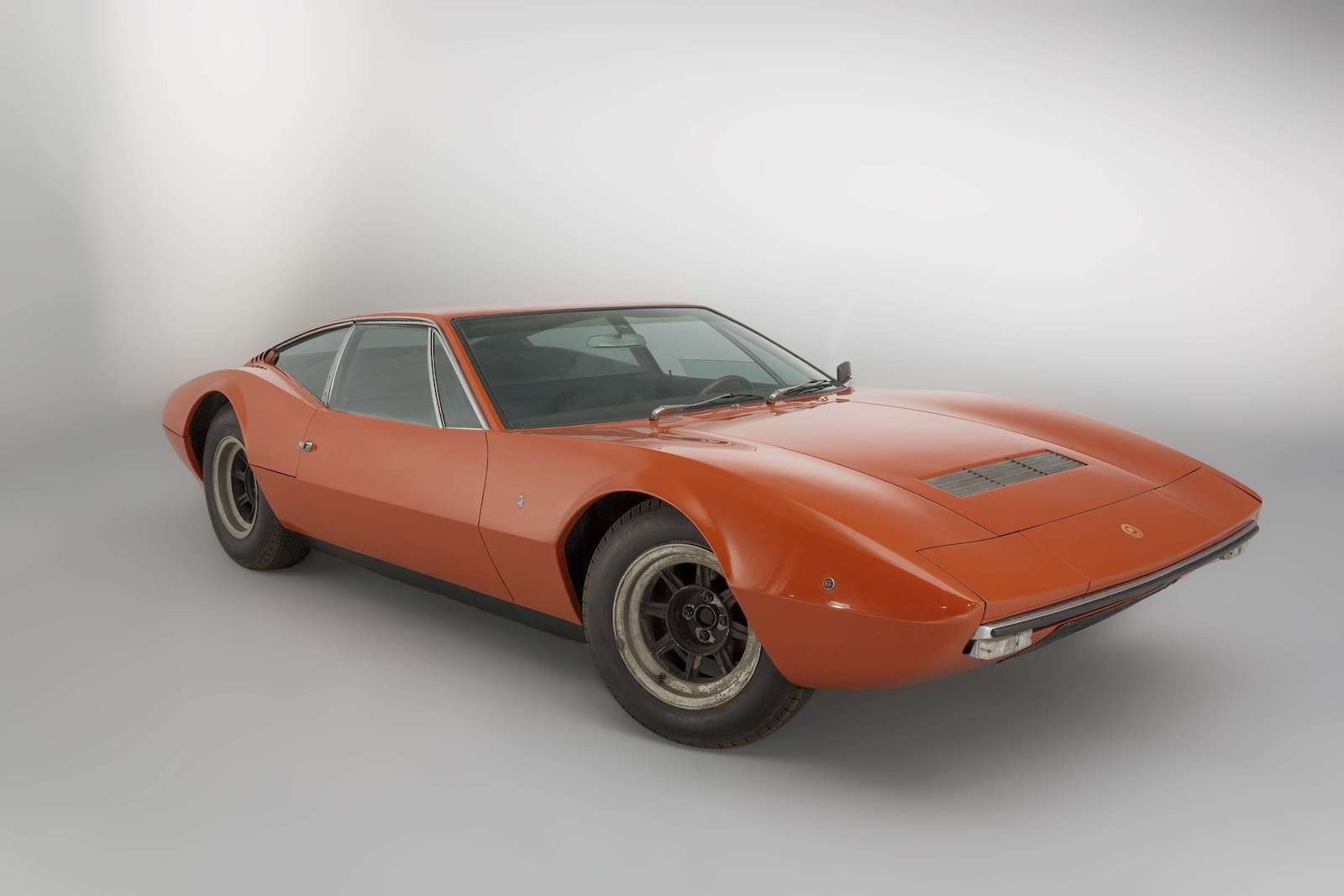
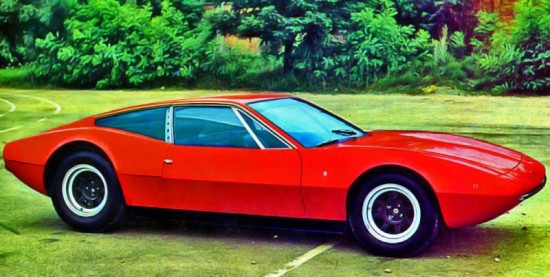
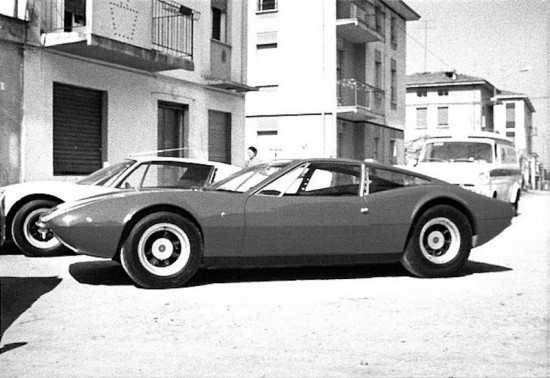
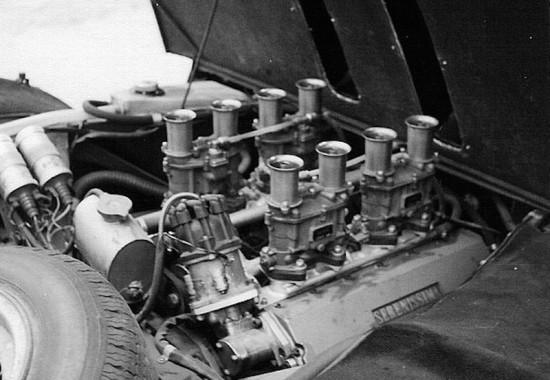
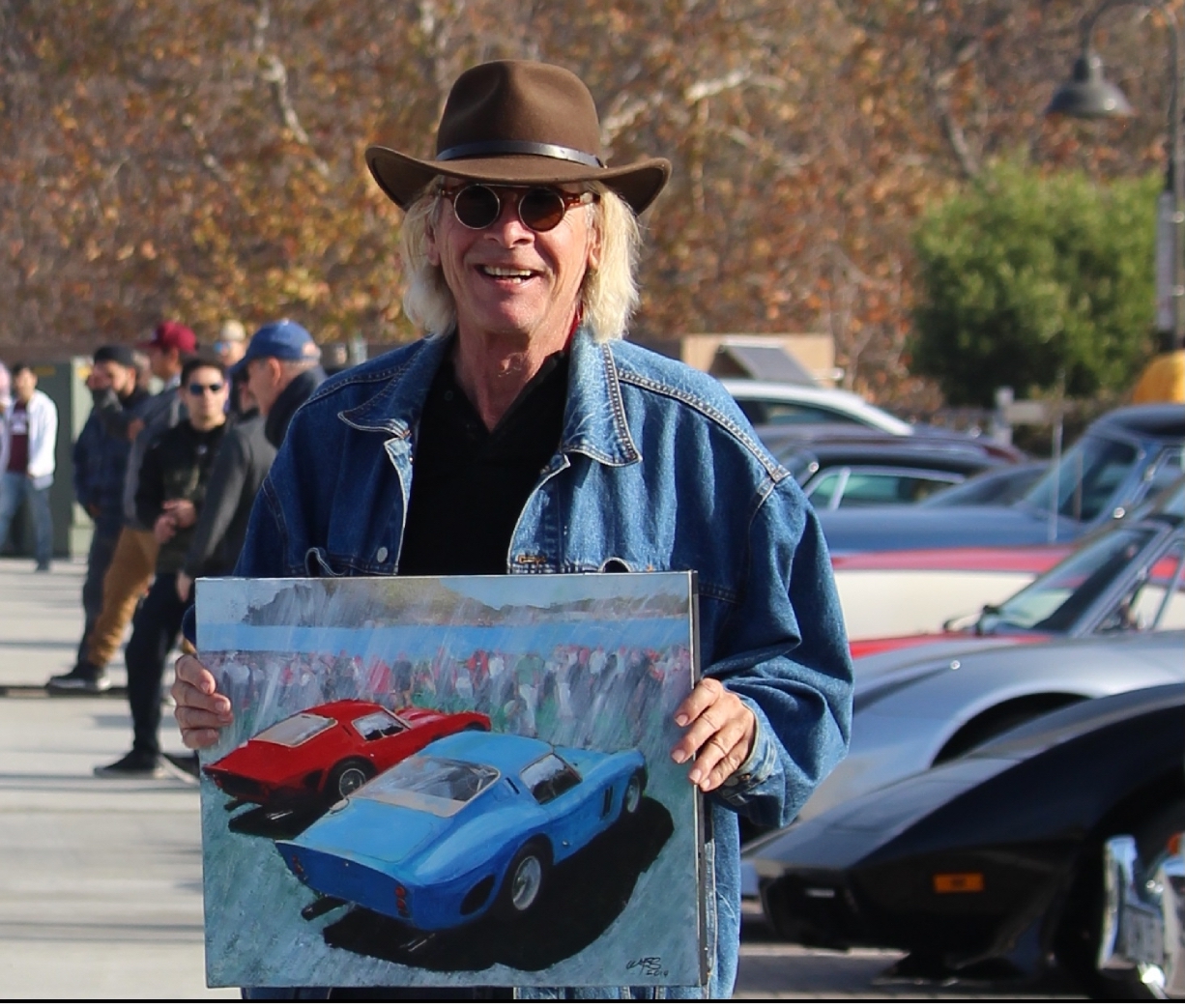
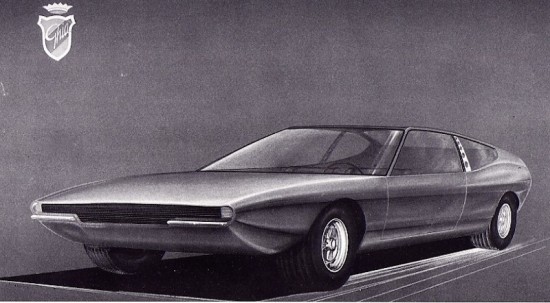
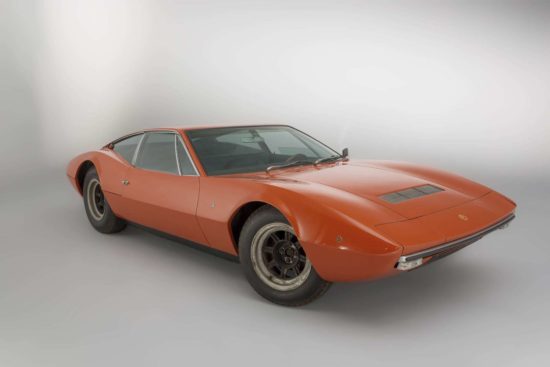
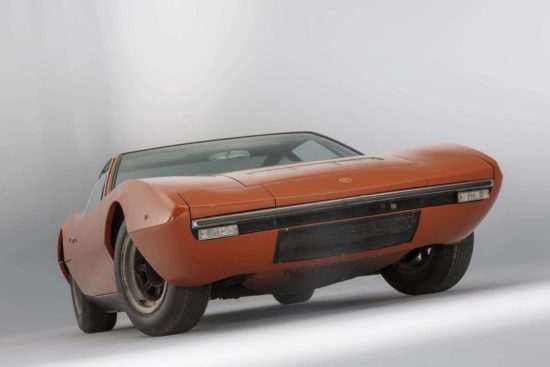

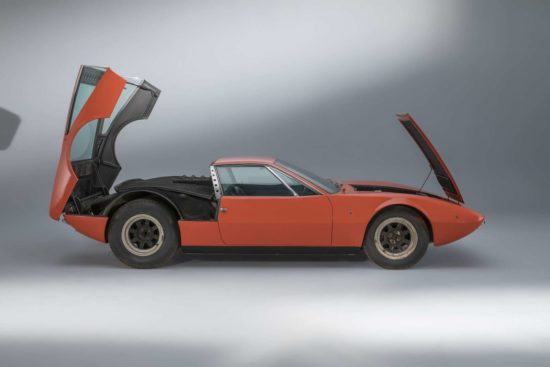


There is also another unconfirmed story floatng around on why Henry Ford II could not import the Detomaso Mangusta, an Italian car he was obsessed with. His new Italian 2nd wife had first been his mistress while married to his first wife. The board of directors, supposedly, would never approve importing a car from Italy so soon after divorcing his first wife for his Italian mistress. Today, nobody would blink, but times were a bit different back then, and appearances mattered. Glenn in the Bronx, NY.
Just how much his social life impacted his decision will never been known, but at that time Henry Ford II was more powerful than the Ford family was to be later when they sold off more of their stock. He pretty much ruled the roost. It is said that earlier, back around 1963, ,the reason he decided to have Ford compete at Le Mans was that he and his Italian girlfriend (maybe not then a wife) went to the Le Mans track and she aid “why isn’t Ford out here running against those little red cars” and he tried to buy Ferrari and failed, whereupon he spent $13-16 million to prove to her Ford could out do Ferrari. When I think of that Italian wife, I think of that tagline from the film Helen of Troy , i.e. “The face that launched 1000 ships” maybe her story should be something similar regarding what launched $13 million dollars being spent on Ford’s quest at Le Mans.
Well, I had known how HF2 had tried to buy Ferrari and Enzo turned him down, leading him to develop the GT40, but I didn’t know his girlfriend had sparked the idea, and led to its impetus. Perhaps, we should learn more about the 2nd Mrs. Ford. HF2 was a great man and industrialist, but she inspired him to further greatness in the second half of his life. I am definitely going to do some additional research on her. Thank you so much for the charming story and history! Glenn in the Bronx, NY.
Wallace, thanks for a great and interesting story. It’s always a pleasure reading when you write.
Una storia molto interessante e piena di notizie. Ormai, anche in Italia, pochi ricordano l’ATS e la Serenissima. La maggior parte dei giovani non ne sanno nulla. Anche io non avevo mai letto della ragazza italiana di Henry Ford II, e dei conseguenti riflessi su decisioni strategiche. Sarebbe bello conoscere di più.
Translation by Google:
A very interesting story and full of news. By now, even in Italy, few remember the ATS and the Serenissima. Most young people do not know anything. Even I had never read the Italian girl of Henry Ford II, and the consequent impact on strategic decisions. It would be nice to know more.
As told to me by Bob Negstad, the folks who brought the LeMans win to the Corporation wanted to produce
a GT44 to cash in on that legacy. Apparently Henry’s bride and Alejandro’s own wife cooked up some way
to upstage such a nascent idea by leaking evidence of the partially engineered Pantera work, and Henry was fascinated. The car never did get a proper development but a contract for about 3000 was cut for something
that Mercury would handle. What was received turned out to be raw, unsafe and unsalable without a major disassembly and rework to the first boatload. Which of course was the last.
I would not say the Pantera was unsalable, $10,000 was a lot of money back then, more than any other American car. It was raw; requiring a lot of what the Brits call “fettling” but not unsafe (well, there was the time when I was driving an early one at night and the windshield went opaque at 140 mph, the happenstance due to some flaw in the defroster,) They sold over 7000 of them in the US and DeTomaso continued to make them for the rest of the world as Ford had inadvertently let a clause in the contract remain that allowed DeTomaso to sell them in the rest of the world.I never heard that the second Mrs. Ford and the second Senora DeTomaso combined forces but the second Mrs. DeTomaso (nee Isabelle Haskell) deserves a profile here.She was an heiress to a family that was very entreprenurial, owning many businesses including a horse race track (Monmouth Park); she herself was a race driver, and test driver and had some say in which cars they built, including ordering an estate wagon version of one of their luxury sedans so she could haul her dogs around.